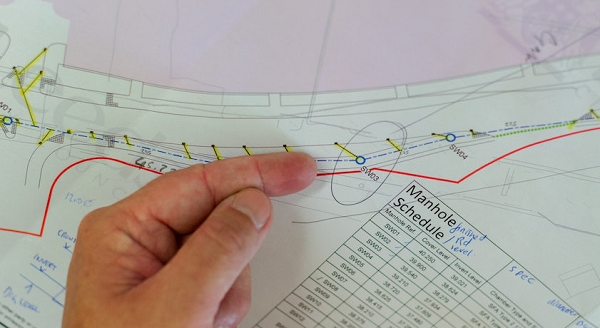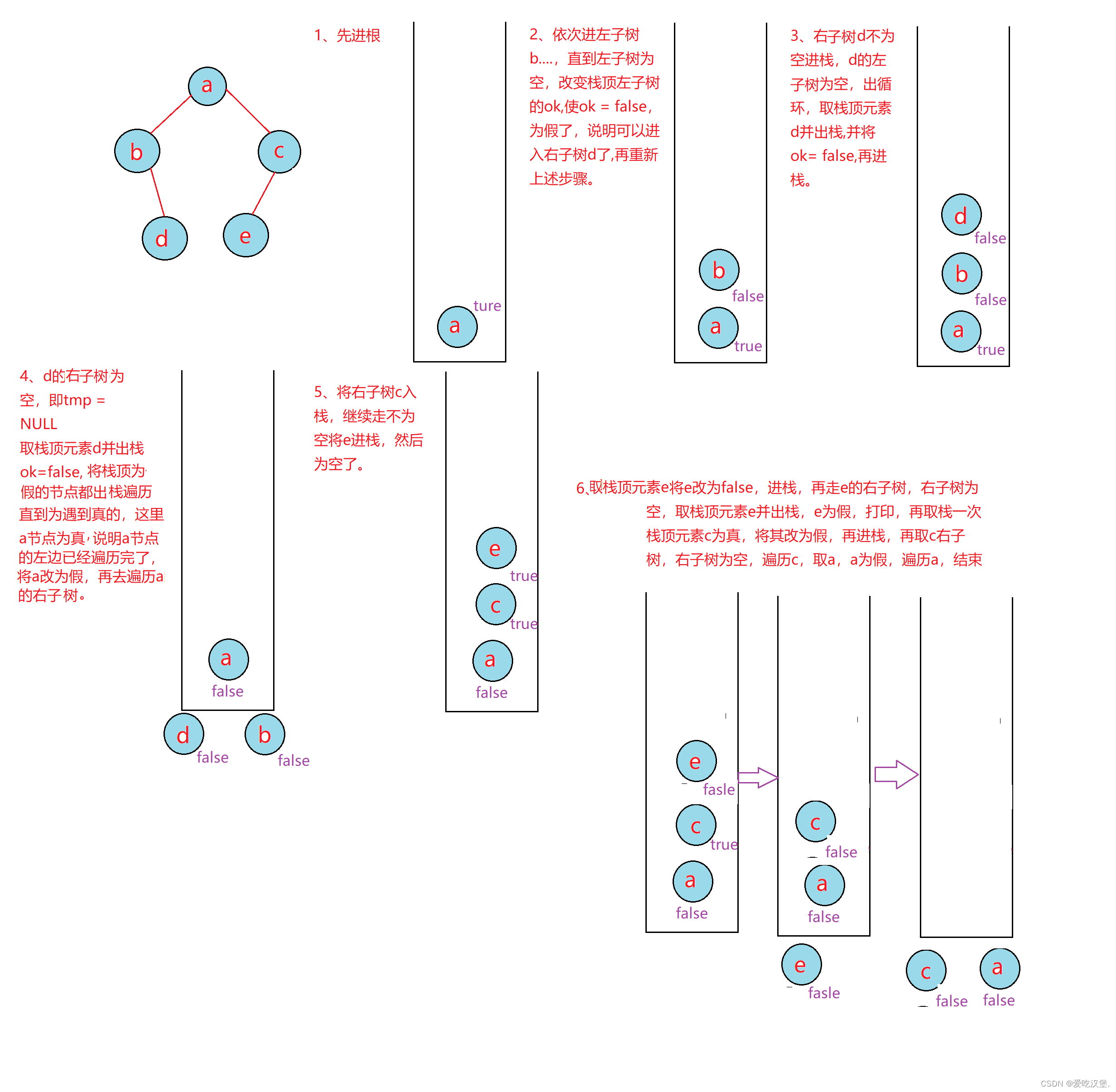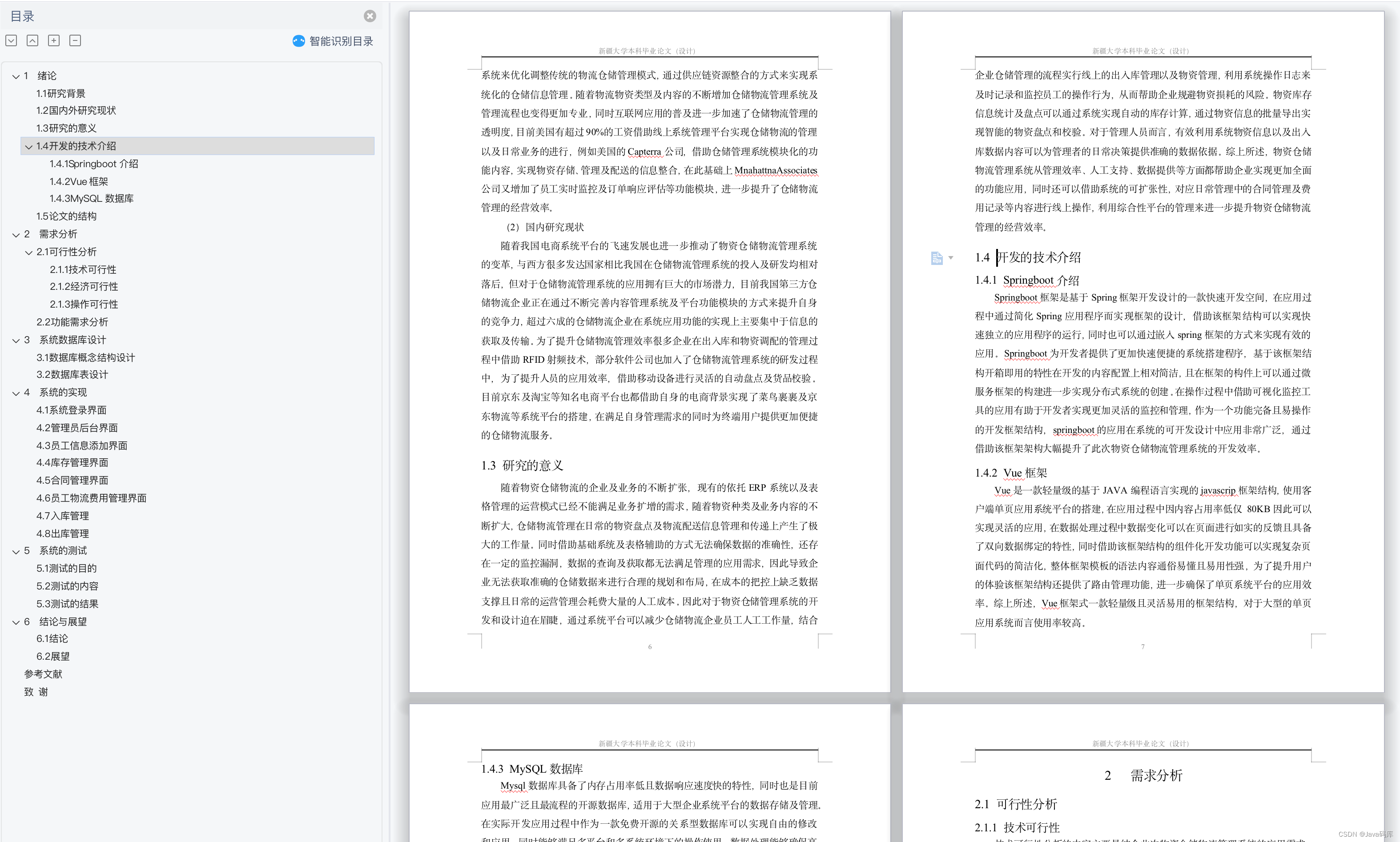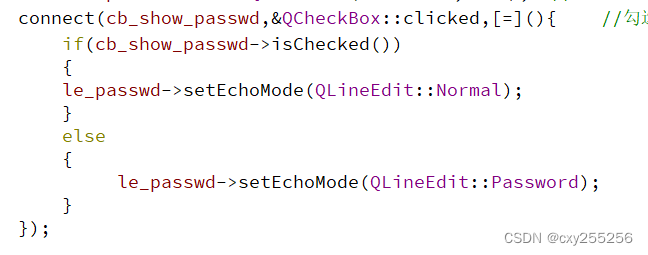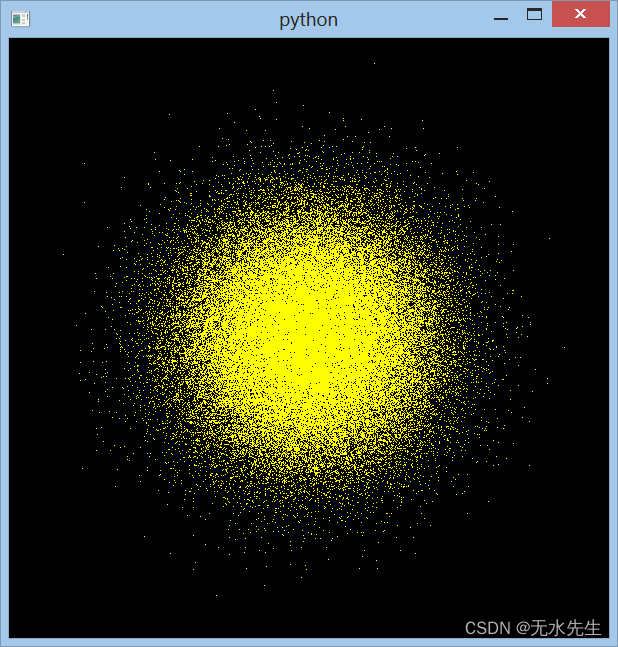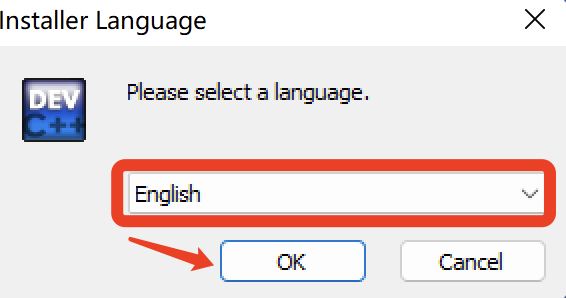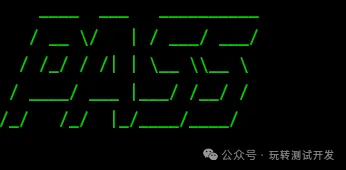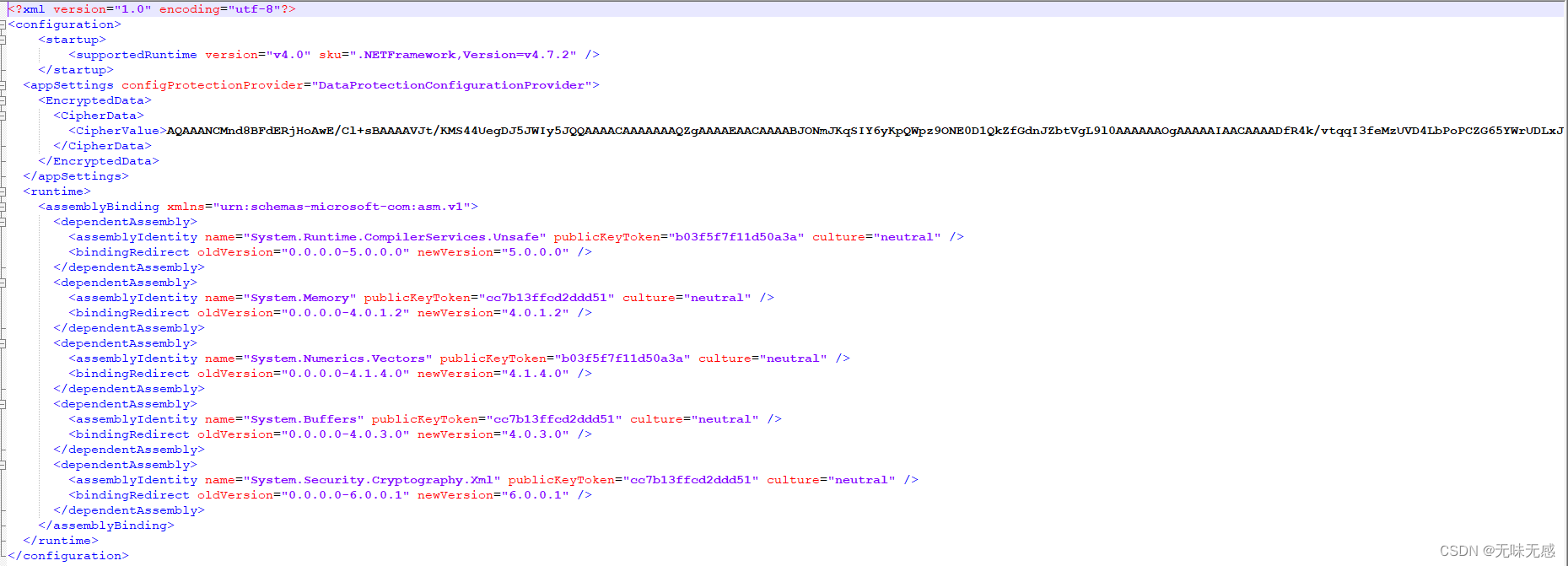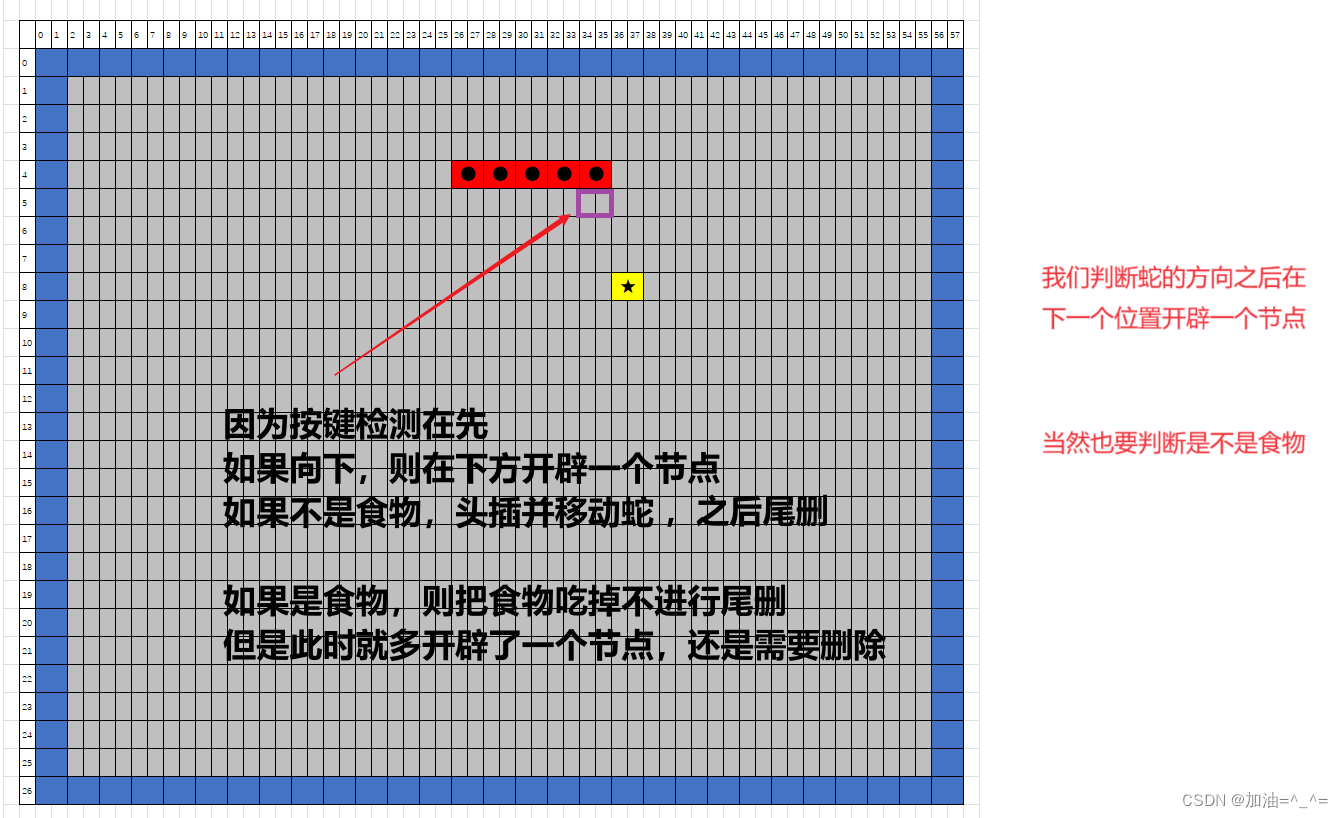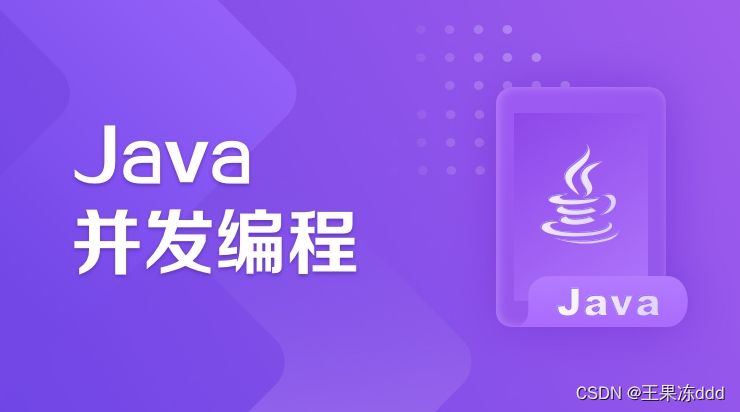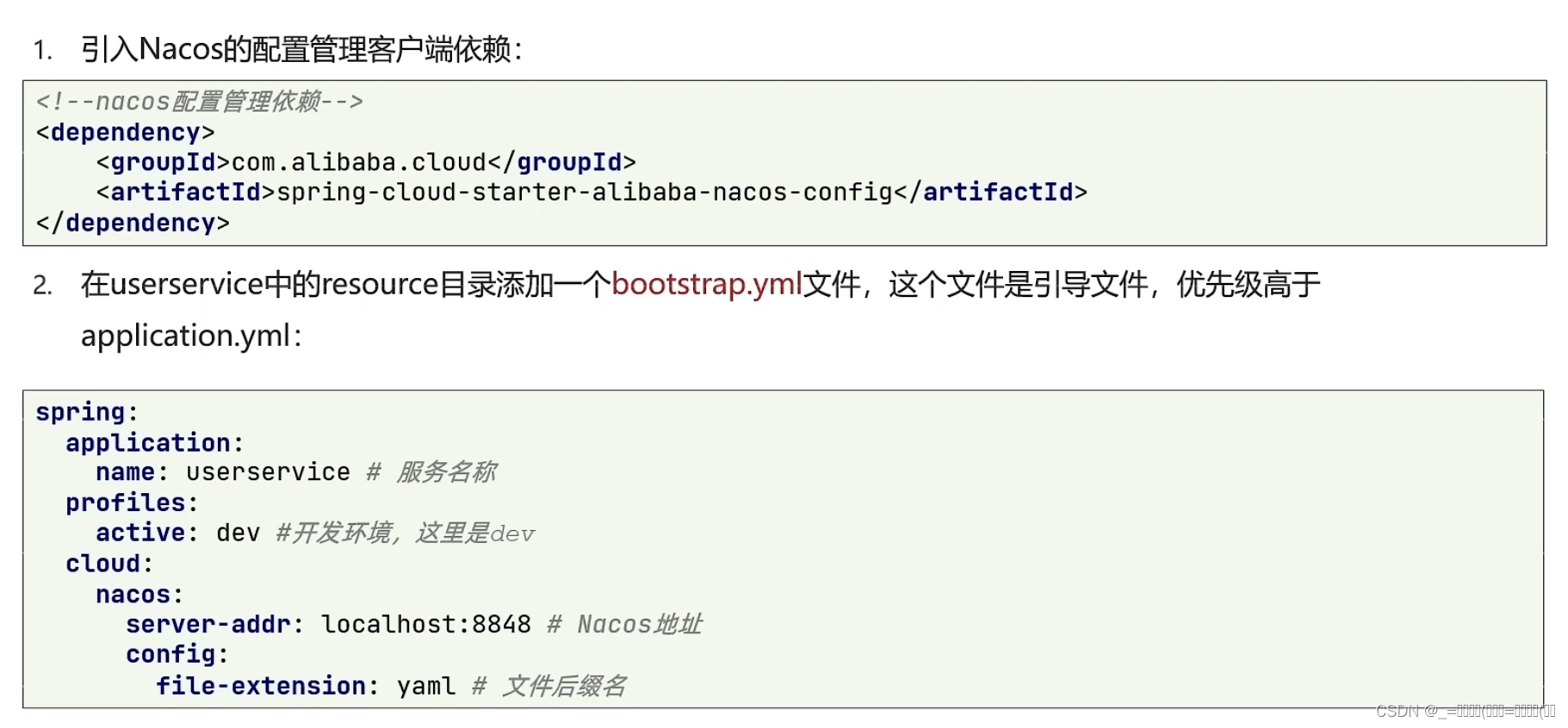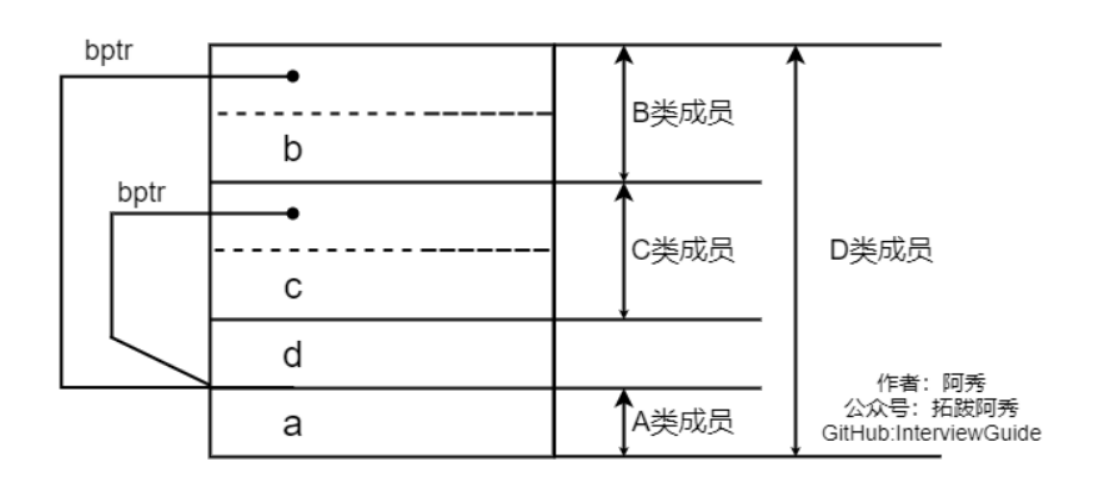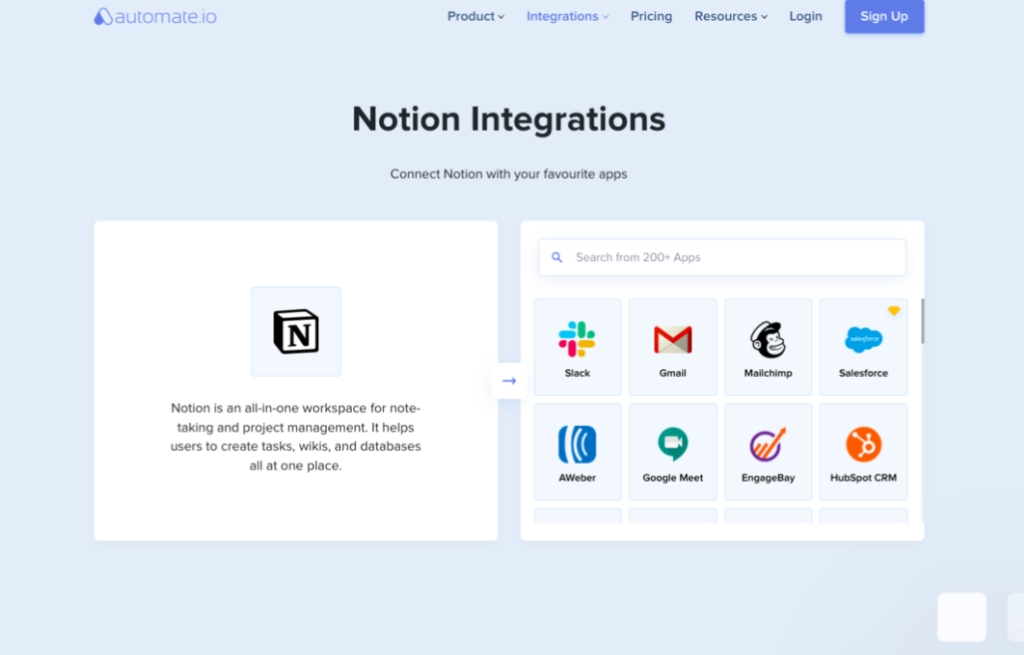子组件中被@Link装饰的变量与其父组件中对应的数据源建立双向数据绑定。
说明:
从API version 9开始,该装饰器支持在ArkTS卡片中使用。
概述
@Link装饰的变量与其父组件中的数据源共享相同的值。
限制条件
- @Link装饰器不能在@Entry装饰的自定义组件中使用。
装饰器使用规则说明
| @Link变量装饰器 | 说明 |
|---|---|
| 装饰器参数 | 无 |
| 同步类型 | 双向同步。 父组件中@State, @StorageLink和@Link 和子组件@Link可以建立双向数据同步,反之亦然。 |
| 允许装饰的变量类型 | Object、class、string、number、boolean、enum类型,以及这些类型的数组。 支持Date类型。 API11及以上支持Map、Set类型。支持类型的场景请参考观察变化。 API11及以上支持上述支持类型的联合类型,比如string | number, string | undefined 或者 ClassA | null,示例见Link支持联合类型实例。 注意 当使用undefined和null的时候,建议显式指定类型,遵循TypeScipt类型校验,比如: @Link a : string | undefined。 |
支持AkrUI框架定义的联合类型Length、ResourceStr、ResourceColor类型。 类型必须被指定,且和双向绑定状态变量的类型相同。 不支持any。 | |
| 被装饰变量的初始值 | 无,禁止本地初始化。 |
变量的传递/访问规则说明
| 传递/访问 | 说明 |
|---|---|
| 从父组件初始化和更新 | 必选。与父组件@State, @StorageLink和@Link 建立双向绑定。允许父组件中@State、@Link、@Prop、@Provide、@Consume、@ObjectLink、@StorageLink、@StorageProp、@LocalStorageLink和@LocalStorageProp装饰变量初始化子组件@Link。 从API version 9开始,@Link子组件从父组件初始化@State的语法为Comp({ aLink: this.aState })。同样Comp({aLink: $aState})也支持。 |
| 用于初始化子组件 | 允许,可用于初始化常规变量、@State、@Link、@Prop、@Provide。 |
| 是否支持组件外访问 | 私有,只能在所属组件内访问。 |
图1 初始化规则图示

观察变化和行为表现
观察变化
-
当装饰的数据类型为boolean、string、number类型时,可以同步观察到数值的变化,示例请参考简单类型和类对象类型的@Link。
-
当装饰的数据类型为class或者Object时,可以观察到赋值和属性赋值的变化,即Object.keys(observedObject)返回的所有属性,示例请参考简单类型和类对象类型的@Link。
-
当装饰的对象是array时,可以观察到数组添加、删除、更新数组单元的变化,示例请参考数组类型的@Link。
-
当装饰的对象是Date时,可以观察到Date整体的赋值,同时可通过调用Date的接口
setFullYear,setMonth,setDate,setHours,setMinutes,setSeconds,setMilliseconds,setTime,setUTCFullYear,setUTCMonth,setUTCDate,setUTCHours,setUTCMinutes,setUTCSeconds,setUTCMilliseconds更新Date的属性。
@Component
struct DateComponent {
@Link selectedDate: Date;
build() {
Column() {
Button(`child increase the year by 1`).onClick(() => {
this.selectedDate.setFullYear(this.selectedDate.getFullYear() + 1)
})
Button('child update the new date')
.margin(10)
.onClick(() => {
this.selectedDate = new Date('2023-09-09')
})
DatePicker({
start: new Date('1970-1-1'),
end: new Date('2100-1-1'),
selected: this.selectedDate
})
}
}
}
@Entry
@Component
struct ParentComponent {
@State parentSelectedDate: Date = new Date('2021-08-08');
build() {
Column() {
Button('parent increase the month by 1')
.margin(10)
.onClick(() => {
this.parentSelectedDate.setMonth(this.parentSelectedDate.getMonth() + 1)
})
Button('parent update the new date')
.margin(10)
.onClick(() => {
this.parentSelectedDate = new Date('2023-07-07')
})
DatePicker({
start: new Date('1970-1-1'),
end: new Date('2100-1-1'),
selected: this.parentSelectedDate
})
DateComponent({ selectedDate:this.parentSelectedDate })
}
}
}-
当装饰的变量是Map时,可以观察到Map整体的赋值,同时可通过调用Map的接口
set,clear,delete更新Map的值。详见装饰Map类型变量。 -
当装饰的变量是Set时,可以观察到Set整体的赋值,同时可通过调用Set的接口
add,clear,delete更新Set的值。详见装饰Set类型变量。
框架行为
@Link装饰的变量和其所属的自定义组件共享生命周期。
为了了解@Link变量初始化和更新机制,有必要先了解父组件和拥有@Link变量的子组件的关系,初始渲染和双向更新的流程(以父组件为@State为例)。
-
初始渲染:执行父组件的build()函数后将创建子组件的新实例。初始化过程如下:
- 必须指定父组件中的@State变量,用于初始化子组件的@Link变量。子组件的@Link变量值与其父组件的数据源变量保持同步(双向数据同步)。
- 父组件的@State状态变量包装类通过构造函数传给子组件,子组件的@Link包装类拿到父组件的@State的状态变量后,将当前@Link包装类this指针注册给父组件的@State变量。
-
@Link的数据源的更新:即父组件中状态变量更新,引起相关子组件的@Link的更新。处理步骤:
- 通过初始渲染的步骤可知,子组件@Link包装类把当前this指针注册给父组件。父组件@State变量变更后,会遍历更新所有依赖它的系统组件(elementid)和状态变量(比如@Link包装类)。
- 通知@Link包装类更新后,子组件中所有依赖@Link状态变量的系统组件(elementId)都会被通知更新。以此实现父组件对子组件的状态数据同步。
-
@Link的更新:当子组件中@Link更新后,处理步骤如下(以父组件为@State为例):
- @Link更新后,调用父组件的@State包装类的set方法,将更新后的数值同步回父组件。
- 子组件@Link和父组件@State分别遍历依赖的系统组件,进行对应的UI的更新。以此实现子组件@Link同步回父组件@State。
使用场景
简单类型和类对象类型的@Link
以下示例中,点击父组件ShufflingContainer中的“Parent View: Set yellowButton”和“Parent View: Set GreenButton”,可以从父组件将变化同步给子组件。
1.点击子组件GreenButton和YellowButton中的Button,子组件会发生相应变化,将变化同步给父组件。因为@Link是双向同步,会将变化同步给@State。
2.当点击父组件ShufflingContainer中的Button时,@State变化,也会同步给@Link,子组件也会发生对应的刷新。
class GreenButtonState {
width: number = 0;
constructor(width: number) {
this.width = width;
}
}
@Component
struct GreenButton {
@Link greenButtonState: GreenButtonState;
build() {
Button('Green Button')
.width(this.greenButtonState.width)
.height(40)
.backgroundColor('#64bb5c')
.fontColor('#FFFFFF,90%')
.onClick(() => {
if (this.greenButtonState.width < 700) {
// 更新class的属性,变化可以被观察到同步回父组件
this.greenButtonState.width += 60;
} else {
// 更新class,变化可以被观察到同步回父组件
this.greenButtonState = new GreenButtonState(180);
}
})
}
}
@Component
struct YellowButton {
@Link yellowButtonState: number;
build() {
Button('Yellow Button')
.width(this.yellowButtonState)
.height(40)
.backgroundColor('#f7ce00')
.fontColor('#FFFFFF,90%')
.onClick(() => {
// 子组件的简单类型可以同步回父组件
this.yellowButtonState += 40.0;
})
}
}
@Entry
@Component
struct ShufflingContainer {
@State greenButtonState: GreenButtonState = new GreenButtonState(180);
@State yellowButtonProp: number = 180;
build() {
Column() {
Flex({ direction: FlexDirection.Column, alignItems: ItemAlign.Center }) {
// 简单类型从父组件@State向子组件@Link数据同步
Button('Parent View: Set yellowButton')
.width(312)
.height(40)
.margin(12)
.fontColor('#FFFFFF,90%')
.onClick(() => {
this.yellowButtonProp = (this.yellowButtonProp < 700) ? this.yellowButtonProp + 40 : 100;
})
// class类型从父组件@State向子组件@Link数据同步
Button('Parent View: Set GreenButton')
.width(312)
.height(40)
.margin(12)
.fontColor('#FFFFFF,90%')
.onClick(() => {
this.greenButtonState.width = (this.greenButtonState.width < 700) ? this.greenButtonState.width + 100 : 100;
})
// class类型初始化@Link
GreenButton({ greenButtonState: $greenButtonState }).margin(12)
// 简单类型初始化@Link
YellowButton({ yellowButtonState: $yellowButtonProp }).margin(12)
}
}
}
}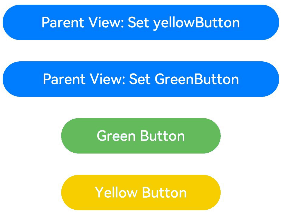
数组类型的@Link
@Component
struct Child {
@Link items: number[];
build() {
Column() {
Button(`Button1: push`)
.margin(12)
.width(312)
.height(40)
.fontColor('#FFFFFF,90%')
.onClick(() => {
this.items.push(this.items.length + 1);
})
Button(`Button2: replace whole item`)
.margin(12)
.width(312)
.height(40)
.fontColor('#FFFFFF,90%')
.onClick(() => {
this.items = [100, 200, 300];
})
}
}
}
@Entry
@Component
struct Parent {
@State arr: number[] = [1, 2, 3];
build() {
Column() {
Child({ items: $arr })
.margin(12)
ForEach(this.arr,
(item: number) => {
Button(`${item}`)
.margin(12)
.width(312)
.height(40)
.backgroundColor('#11a2a2a2')
.fontColor('#e6000000')
},
(item: ForEachInterface) => item.toString()
)
}
}
}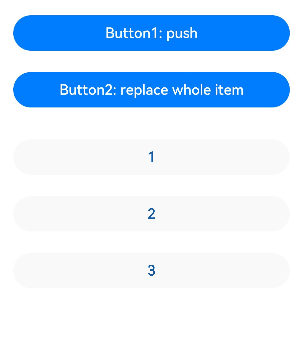
上文所述,ArkUI框架可以观察到数组元素的添加,删除和替换。在该示例中@State和@Link的类型是相同的number[],不允许将@Link定义成number类型(@Link item : number),并在父组件中用@State数组中每个数据项创建子组件。如果要使用这个场景,可以参考@Prop和@Observed。
装饰Map类型变量
说明:
从API version 11开始,@Link支持Map类型。
在下面的示例中,value类型为Map<number, string>,点击Button改变message的值,视图会随之刷新。
@Component
struct Child {
@Link value: Map<number, string>
build() {
Column() {
ForEach(Array.from(this.value.entries()), (item: [number, string]) => {
Text(`${item[0]}`).fontSize(30)
Text(`${item[1]}`).fontSize(30)
Divider()
})
Button('child init map').onClick(() => {
this.value = new Map([[0, "a"], [1, "b"], [3, "c"]])
})
Button('child set new one').onClick(() => {
this.value.set(4, "d")
})
Button('child clear').onClick(() => {
this.value.clear()
})
Button('child replace the first one').onClick(() => {
this.value.set(0, "aa")
})
Button('child delete the first one').onClick(() => {
this.value.delete(0)
})
}
}
}
@Entry
@Component
struct MapSample2 {
@State message: Map<number, string> = new Map([[0, "a"], [1, "b"], [3, "c"]])
build() {
Row() {
Column() {
Child({ value: this.message })
}
.width('100%')
}
.height('100%')
}
}装饰Set类型变量
说明:
从API version 11开始,@Link支持Set类型。
在下面的示例中,message类型为Set<number>,点击Button改变message的值,视图会随之刷新。
@Component
struct Child {
@Link message: Set<number>
build() {
Column() {
ForEach(Array.from(this.message.entries()), (item: [number, string]) => {
Text(`${item[0]}`).fontSize(30)
Divider()
})
Button('init set').onClick(() => {
this.message = new Set([0, 1, 2, 3, 4])
})
Button('set new one').onClick(() => {
this.message.add(5)
})
Button('clear').onClick(() => {
this.message.clear()
})
Button('delete the first one').onClick(() => {
this.message.delete(0)
})
}
.width('100%')
}
}
@Entry
@Component
struct SetSample1 {
@State message: Set<number> = new Set([0, 1, 2, 3, 4])
build() {
Row() {
Column() {
Child({ message: this.message })
}
.width('100%')
}
.height('100%')
}
}Link支持联合类型实例
@Link支持联合类型和undefined和null,在下面的示例中,name类型为string | undefined,点击父组件Index中的Button改变name的属性或者类型,Child中也会对应刷新。
@Component
struct Child {
@Link name: string | undefined
build() {
Column() {
Button('Child change name to Bob')
.onClick(() => {
this.name = "Bob"
})
Button('Child change animal to undefined')
.onClick(() => {
this.name = undefined
})
}.width('100%')
}
}
@Entry
@Component
struct Index {
@State name: string | undefined = "mary"
build() {
Column() {
Text(`The name is ${this.name}`).fontSize(30)
Child({ name: this.name })
Button('Parents change name to Peter')
.onClick(() => {
this.name = "Peter"
})
Button('Parents change name to undefined')
.onClick(() => {
this.name = undefined
})
}
}
}常见问题
@Link装饰状态变量类型错误
在子组件中使用@Link装饰状态变量需要保证该变量与数据源类型完全相同,且该数据源需为被诸如@State等装饰器装饰的状态变量。
【反例】
@Observed
class ClassA {
public c: number = 0;
constructor(c: number) {
this.c = c;
}
}
@Component
struct LinkChild {
@Link testNum: number;
build() {
Text(`LinkChild testNum ${this.testNum}`)
}
}
@Entry
@Component
struct Parent {
@State testNum: ClassA[] = [new ClassA(1)];
build() {
Column() {
Text(`Parent testNum ${this.testNum[0].c}`)
.onClick(() => {
this.testNum[0].c += 1;
})
// @Link装饰的变量需要和数据源@State类型一致
LinkChild({ testNum: this.testNum[0].c })
}
}
}@Link testNum: number从父组件的LinkChild({testNum:this.testNum.c})初始化。@Link的数据源必须是装饰器装饰的状态变量,简而言之,@Link装饰的数据必须和数据源类型相同,比如@Link: T和@State : T。所以,这里应该改为@Link testNum: ClassA,从父组件初始化的方式为LinkChild({testNum: $testNum})
【正例】
@Observed
class ClassA {
public c: number = 0;
constructor(c: number) {
this.c = c;
}
}
@Component
struct LinkChild {
@Link testNum: ClassA[];
build() {
Text(`LinkChild testNum ${this.testNum[0]?.c}`)
}
}
@Entry
@Component
struct Parent {
@State testNum: ClassA[] = [new ClassA(1)];
build() {
Column() {
Text(`Parent testNum ${this.testNum[0].c}`)
.onClick(() => {
this.testNum[0].c += 1;
})
// @Link装饰的变量需要和数据源@State类型一致
LinkChild({ testNum: $testNum })
}
}
}最后
有很多小伙伴不知道学习哪些鸿蒙开发技术?不知道需要重点掌握哪些鸿蒙应用开发知识点?而且学习时频繁踩坑,最终浪费大量时间。所以有一份实用的鸿蒙(HarmonyOS NEXT)资料用来跟着学习是非常有必要的。
这份鸿蒙(HarmonyOS NEXT)资料包含了鸿蒙开发必掌握的核心知识要点,内容包含了(ArkTS、ArkUI开发组件、Stage模型、多端部署、分布式应用开发、音频、视频、WebGL、OpenHarmony多媒体技术、Napi组件、OpenHarmony内核、Harmony南向开发、鸿蒙项目实战等等)鸿蒙(HarmonyOS NEXT)技术知识点。
希望这一份鸿蒙学习资料能够给大家带来帮助,有需要的小伙伴自行领取,限时开源,先到先得~无套路领取!!
获取这份完整版高清学习路线,请点击→纯血版全套鸿蒙HarmonyOS学习资料
鸿蒙(HarmonyOS NEXT)最新学习路线
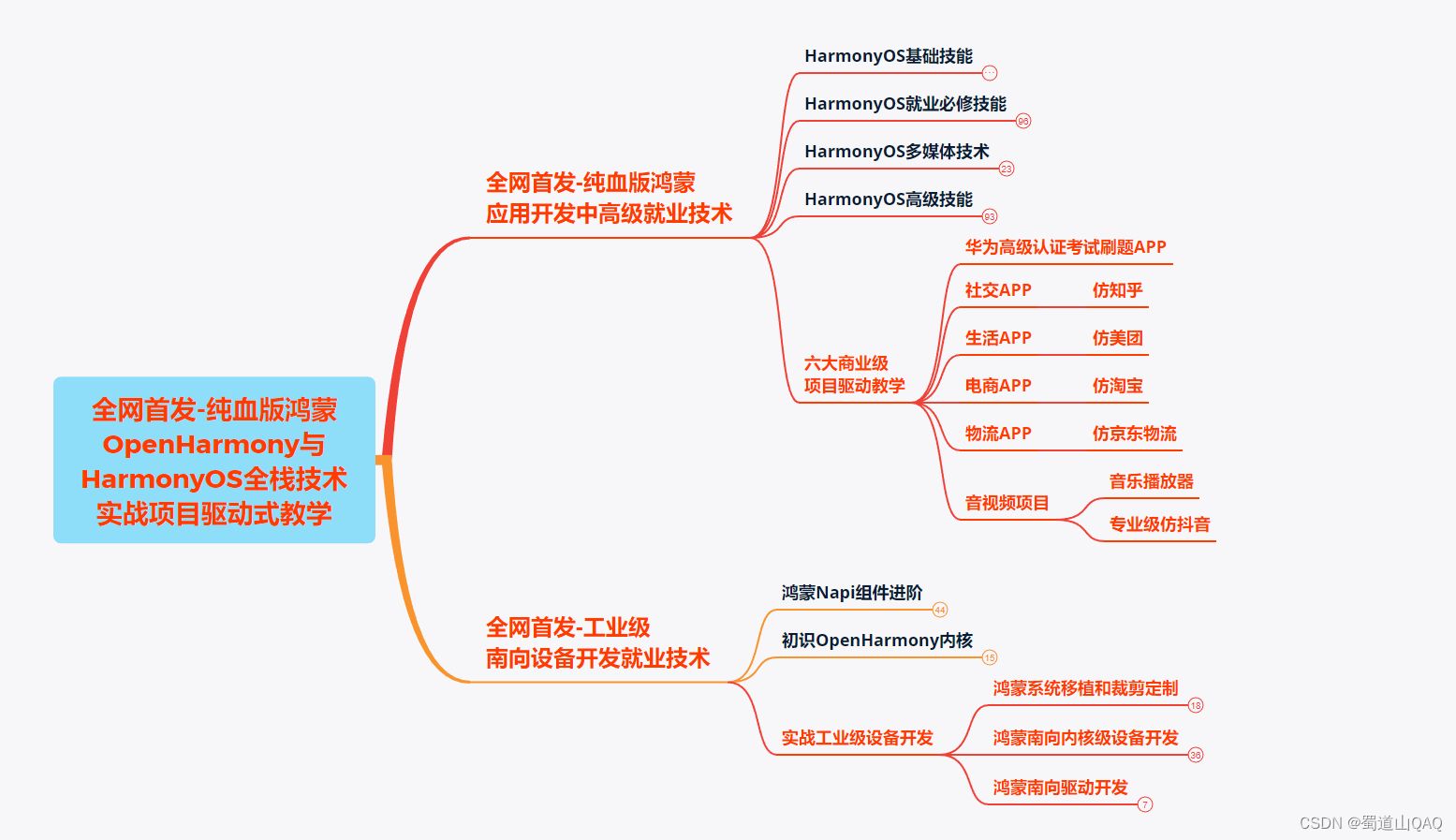
-
HarmonOS基础技能
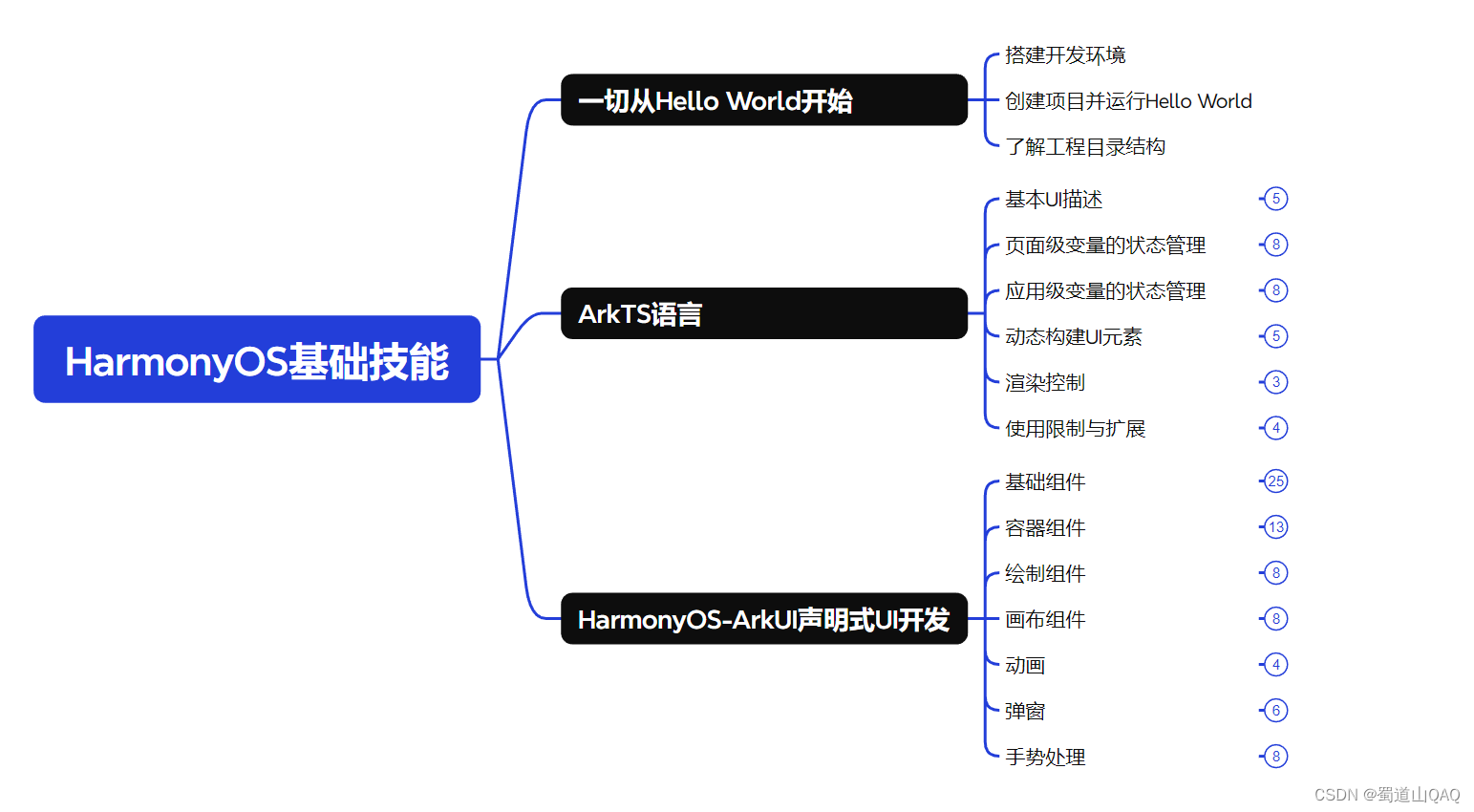
- HarmonOS就业必备技能
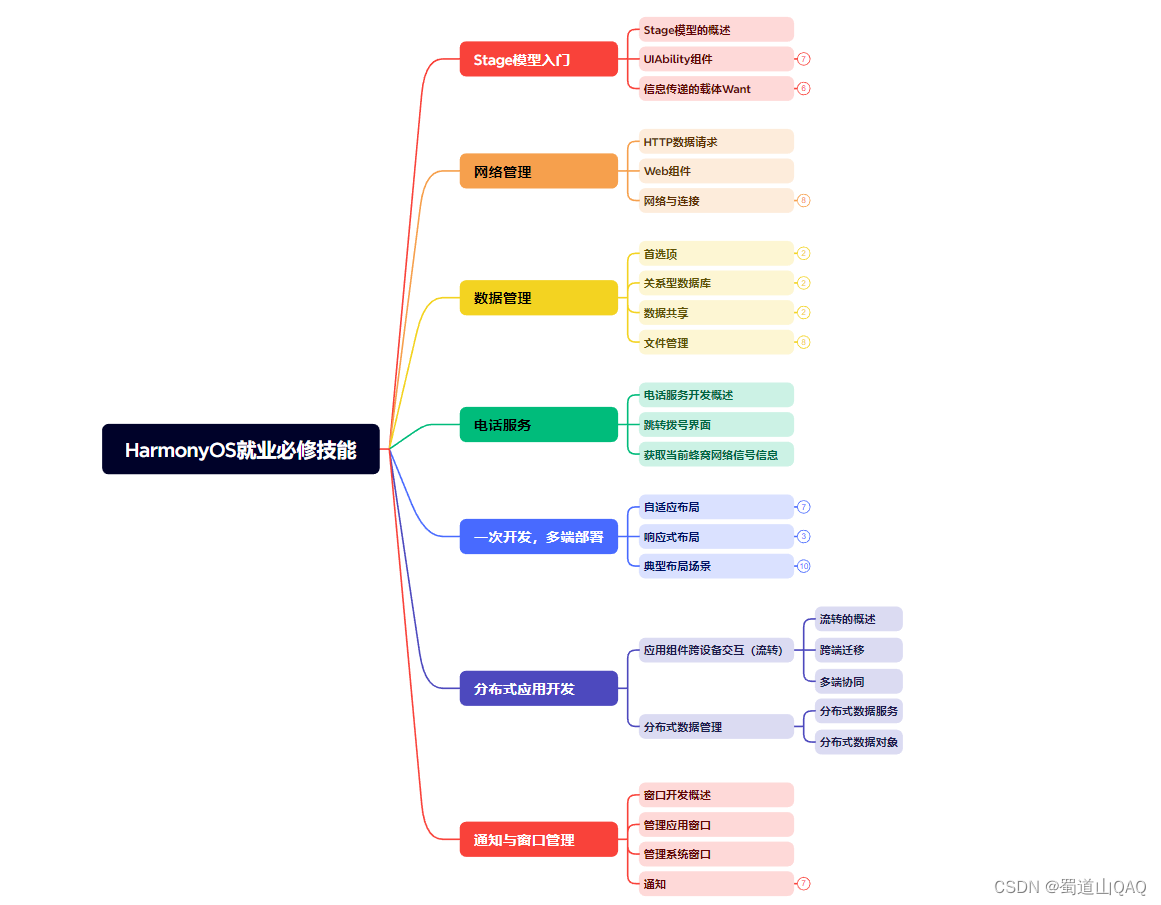
- HarmonOS多媒体技术

- 鸿蒙NaPi组件进阶
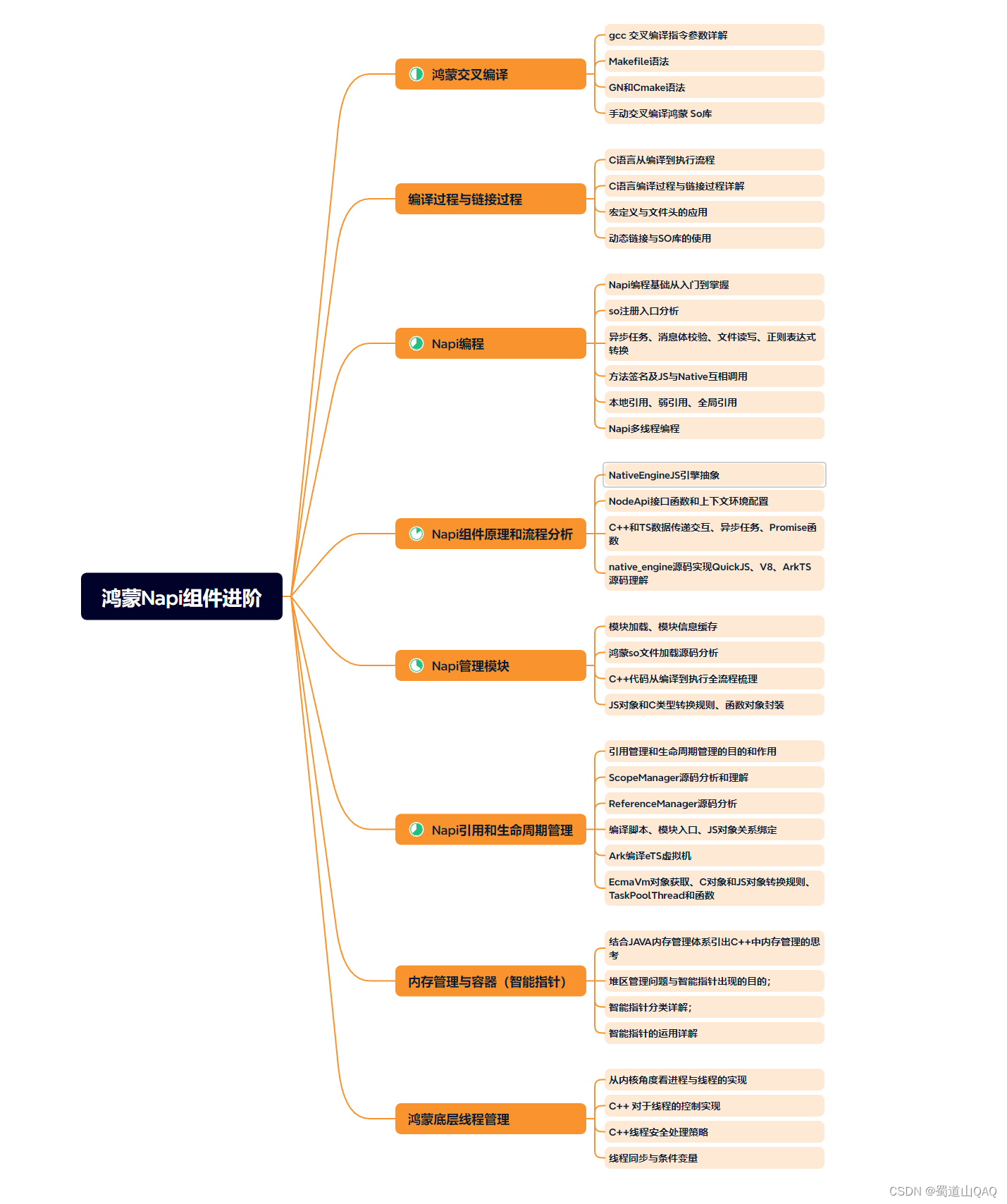
- HarmonOS高级技能
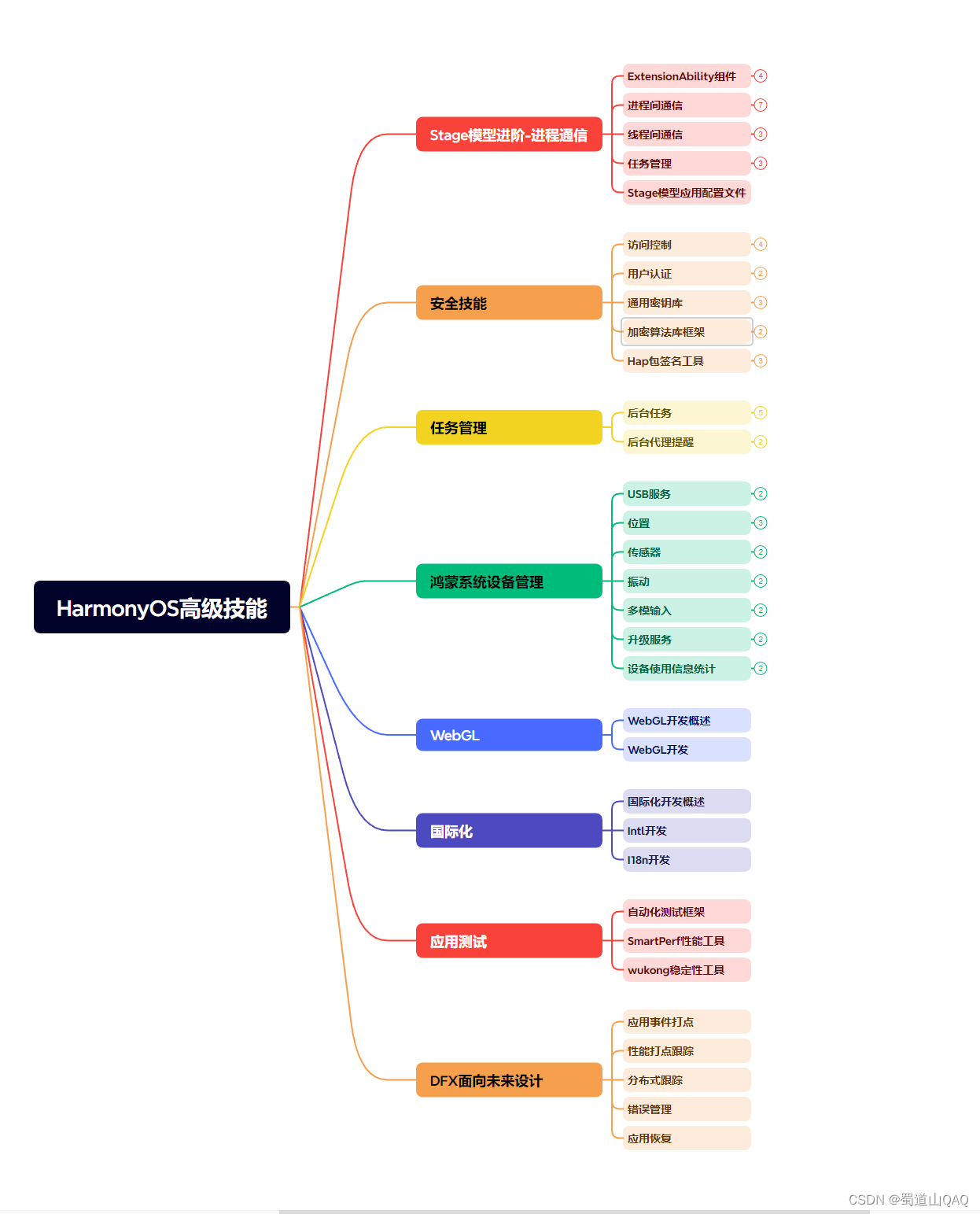
- 初识HarmonOS内核
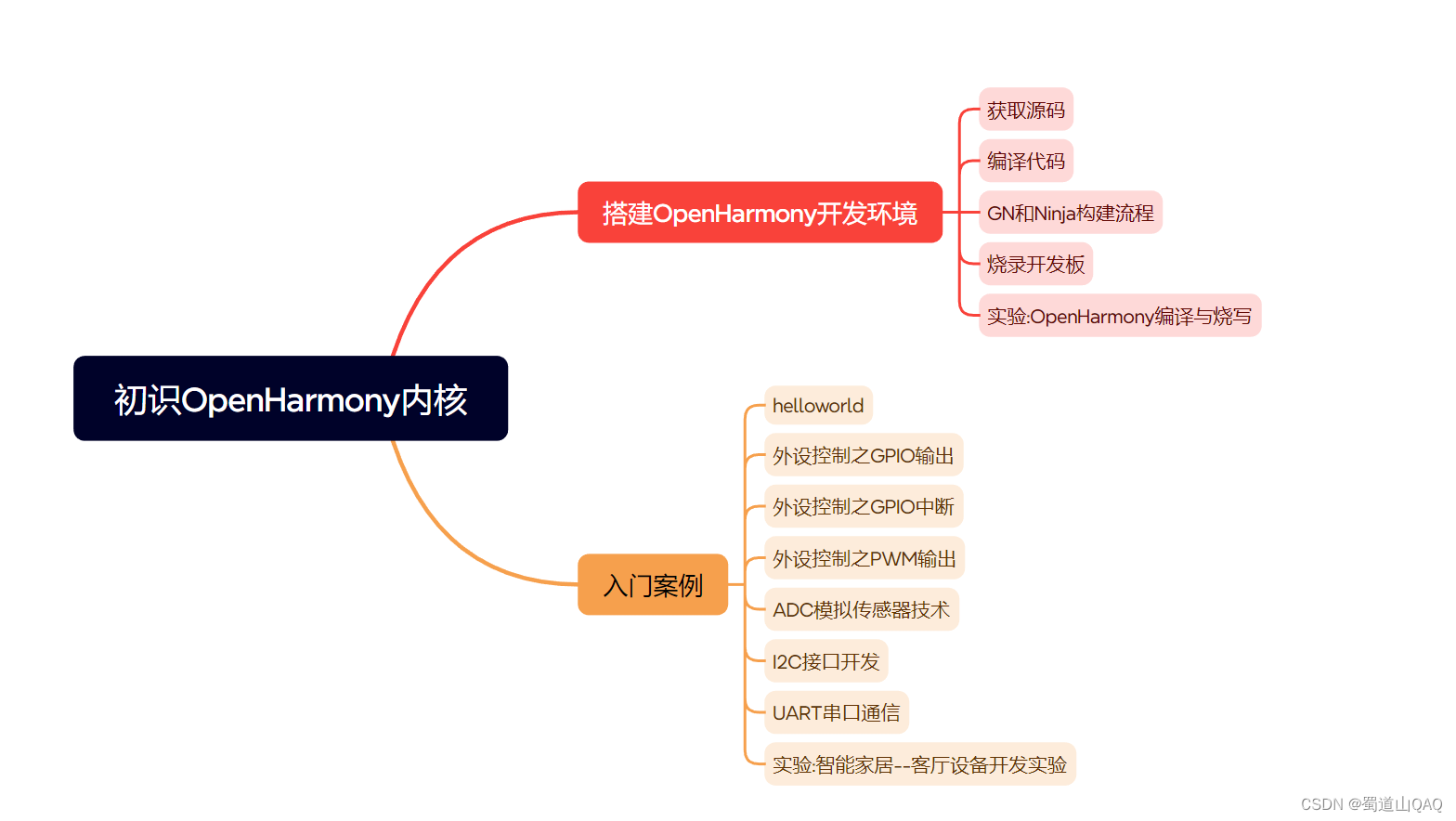
- 实战就业级设备开发
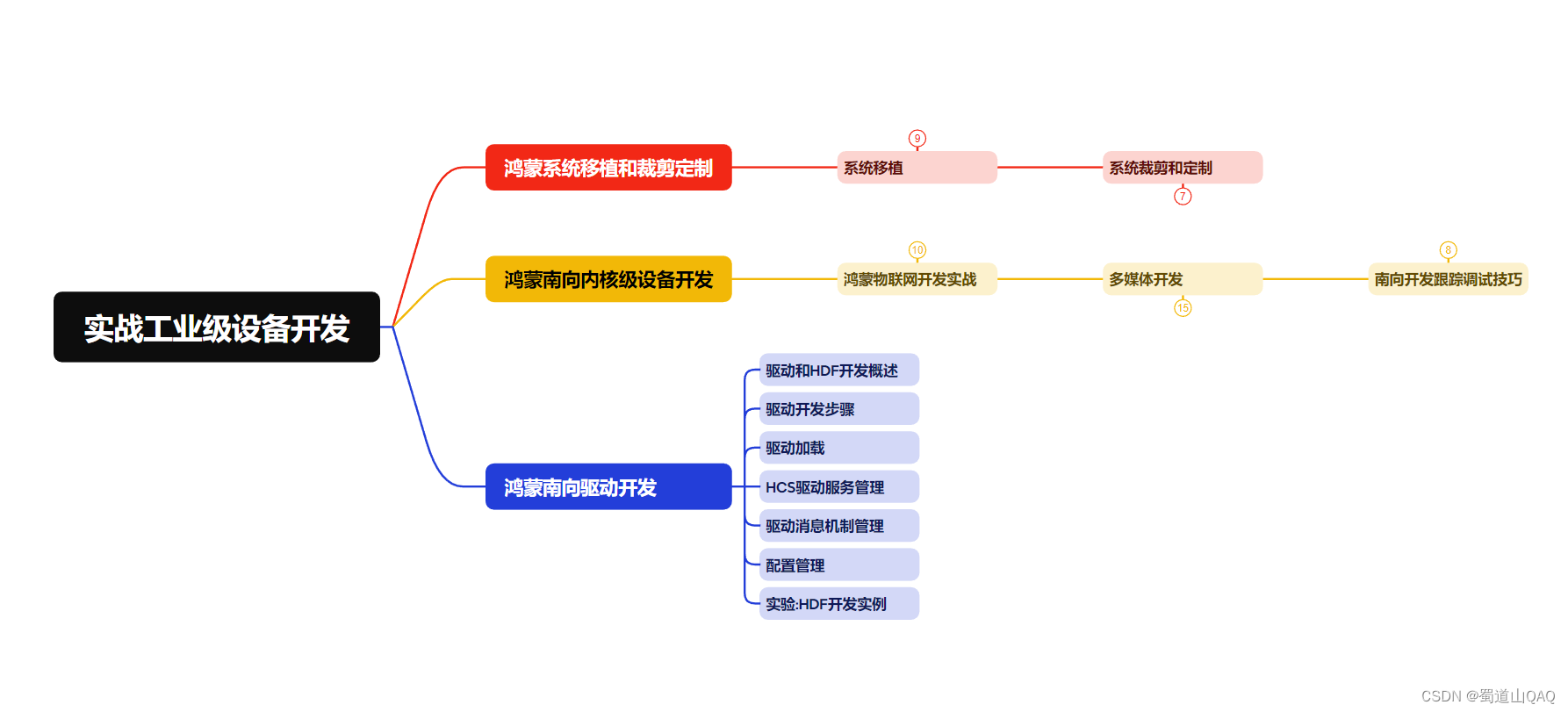
有了路线图,怎么能没有学习资料呢,小编也准备了一份联合鸿蒙官方发布笔记整理收纳的一套系统性的鸿蒙(OpenHarmony )学习手册(共计1236页)与鸿蒙(OpenHarmony )开发入门教学视频,内容包含:ArkTS、ArkUI、Web开发、应用模型、资源分类…等知识点。
获取以上完整版高清学习路线,请点击→纯血版全套鸿蒙HarmonyOS学习资料
《鸿蒙 (OpenHarmony)开发入门教学视频》
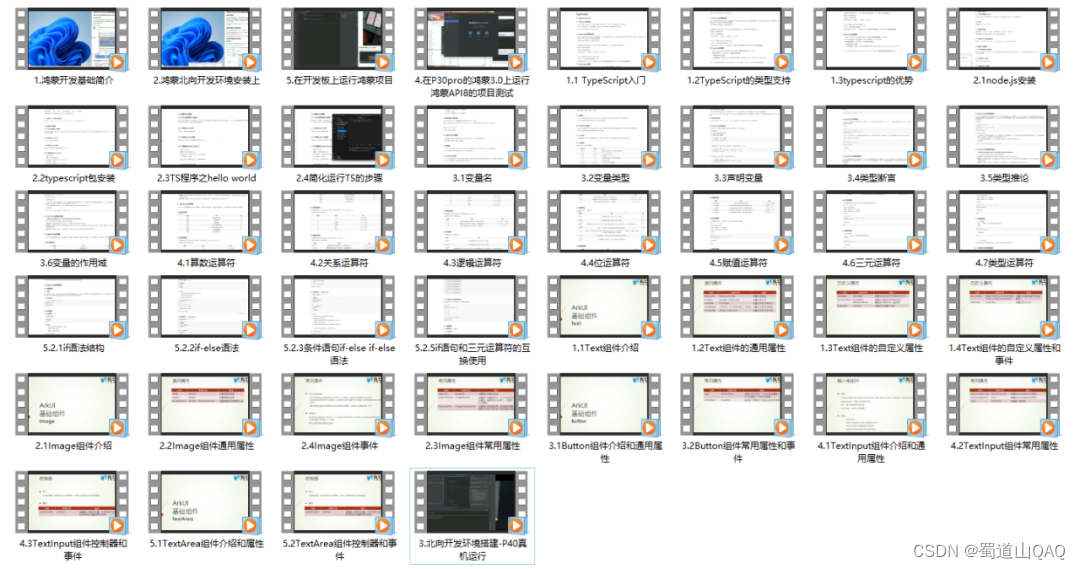
《鸿蒙生态应用开发V2.0白皮书》
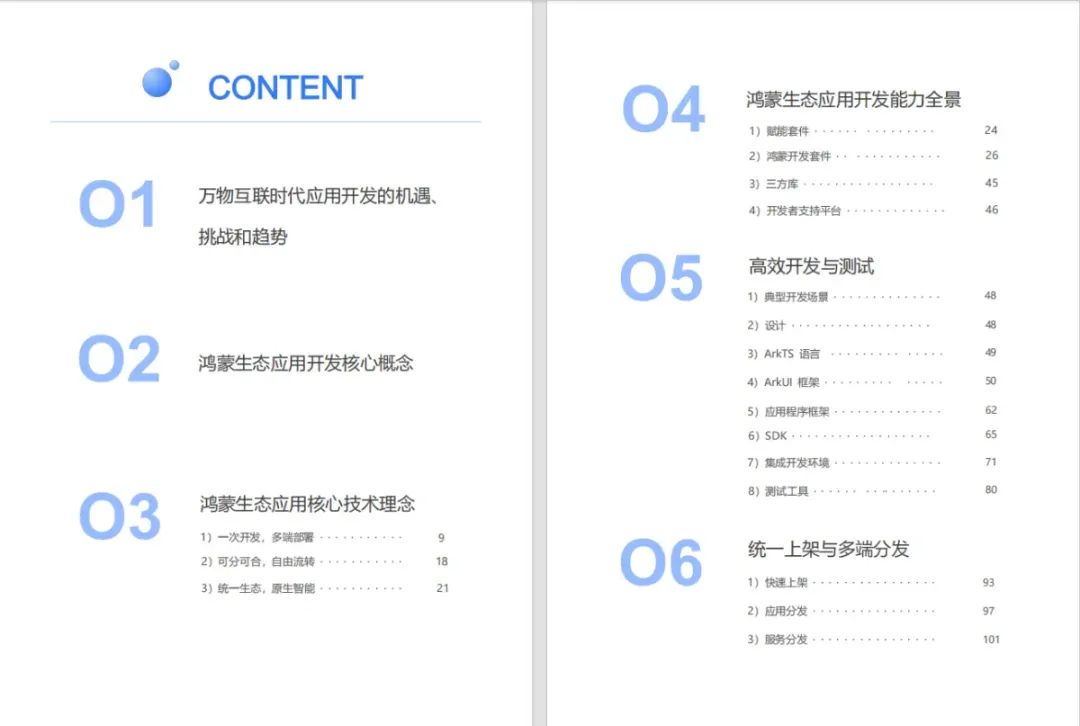
《鸿蒙 (OpenHarmony)开发基础到实战手册》
OpenHarmony北向、南向开发环境搭建
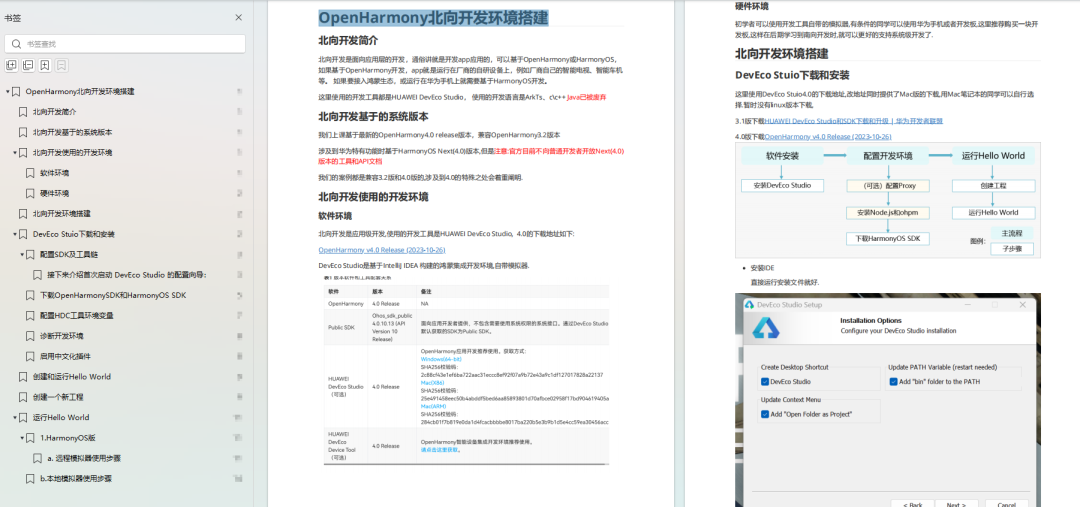
《鸿蒙开发基础》
- ArkTS语言
- 安装DevEco Studio
- 运用你的第一个ArkTS应用
- ArkUI声明式UI开发
- .……
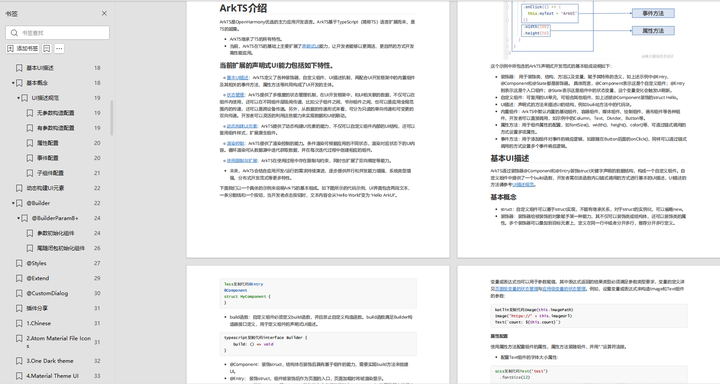
《鸿蒙开发进阶》
- Stage模型入门
- 网络管理
- 数据管理
- 电话服务
- 分布式应用开发
- 通知与窗口管理
- 多媒体技术
- 安全技能
- 任务管理
- WebGL
- 国际化开发
- 应用测试
- DFX面向未来设计
- 鸿蒙系统移植和裁剪定制
- ……
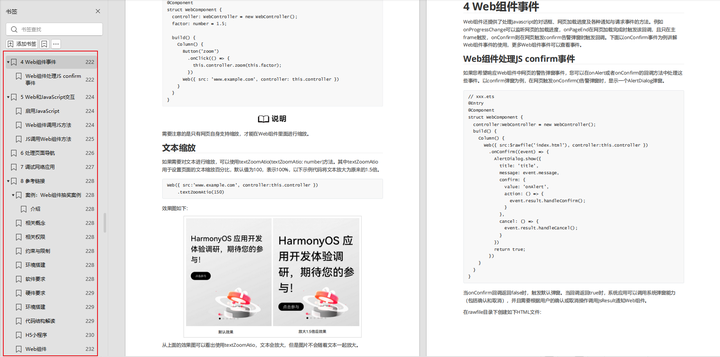
《鸿蒙进阶实战》
- ArkTS实践
- UIAbility应用
- 网络案例
- ……
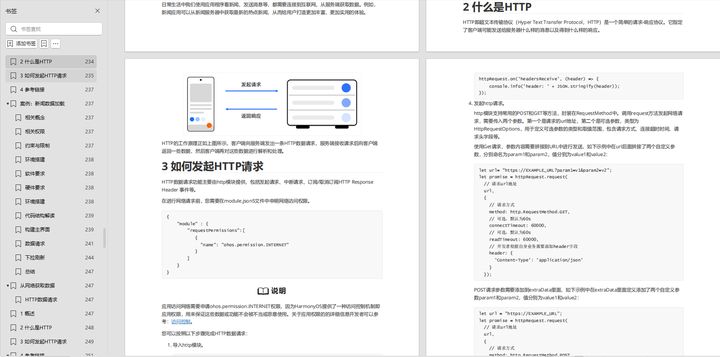
获取以上完整鸿蒙HarmonyOS学习资料,请点击→纯血版全套鸿蒙HarmonyOS学习资料
总结
总的来说,华为鸿蒙不再兼容安卓,对中年程序员来说是一个挑战,也是一个机会。只有积极应对变化,不断学习和提升自己,他们才能在这个变革的时代中立于不败之地。



